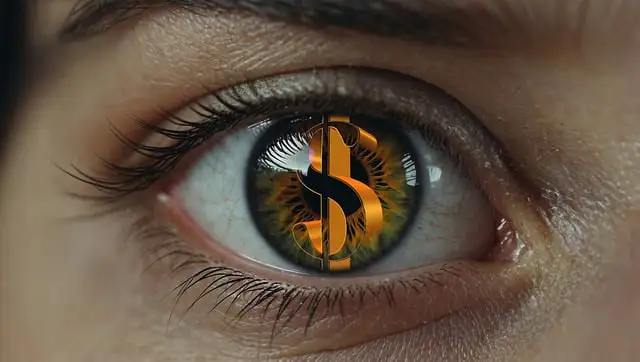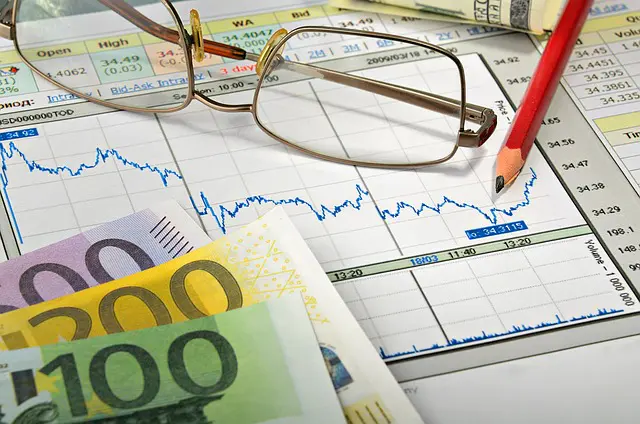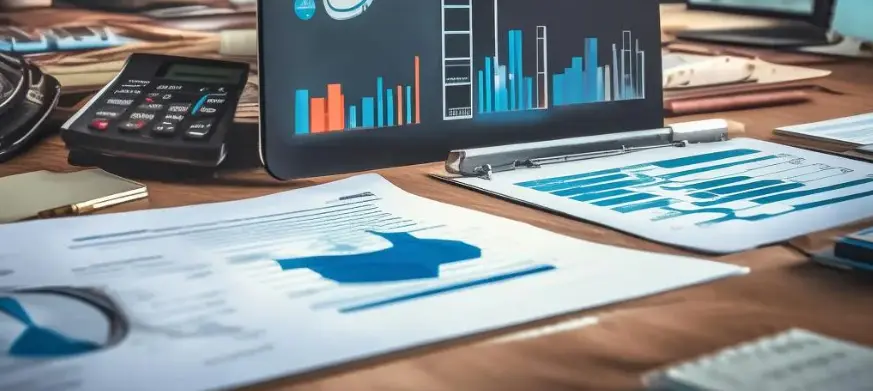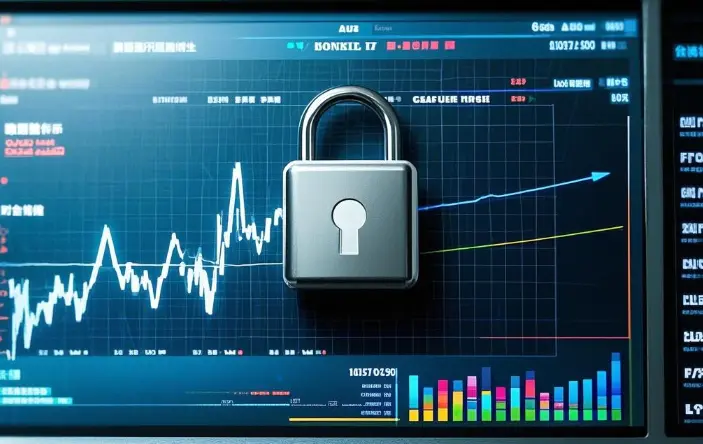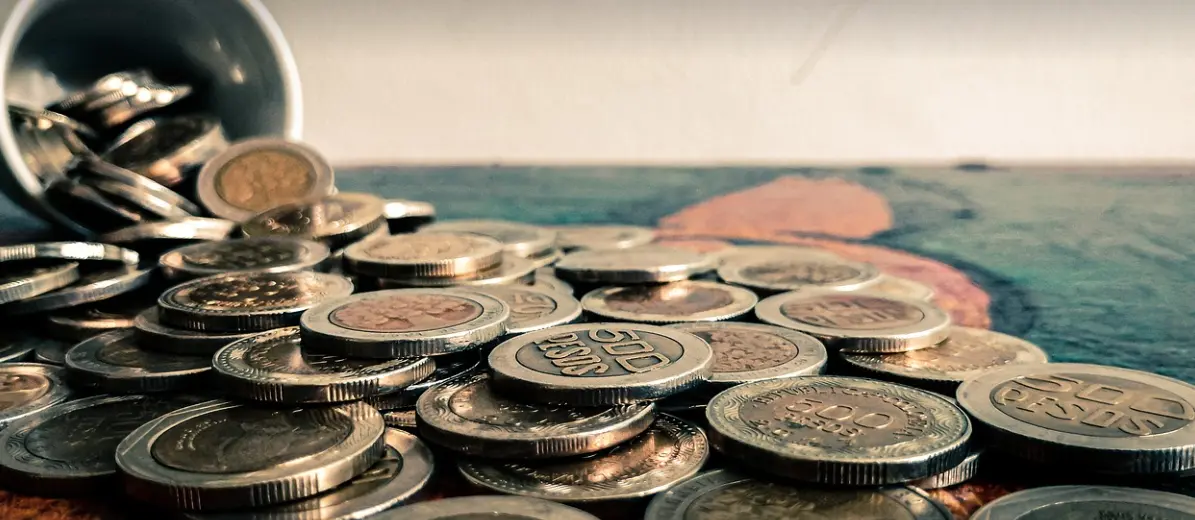While personal finance might seem like a simple mathematical pursuit involving income, savings, investments, and expenditures, the reality is that psychological elements often sway individuals from making purely rational choices. Behavioral economics, an interdisciplinary field merging psychology and economics, delves into the reasons behind these deviations from rational financial behavior.
Our monetary choices, ranging from impulsive purchases to hesitancy in stock market investments, are frequently swayed by cognitive biases, emotions, and societal pressures, which can result in less-than-ideal outcomes. Gaining an understanding of these biases can enhance one's financial decision-making and lead to more effective financial planning.
This piece will delve into the core principles of behavioral economics, outline prevalent cognitive biases that impact financial choices, and suggest methods for overcoming these biases to secure superior financial results.
1. Definition of Behavioral Economics
Behavioral economics investigates the influence of psychological factors on economic decisions. Contrasting with classical economics, which posits that individuals act rationally to maximize their utility, behavioral economics acknowledges that individuals are often swayed by non-rational elements such as emotions, cognitive biases, and societal influences.
For instance, despite recognizing the long-term advantages of saving, investing, or settling debts, individuals may still make poor financial decisions. Behavioral economics seeks to elucidate these peculiarities in human behavior by drawing on insights from psychology, neuroscience, and other fields.
By grasping how psychological factors affect financial decisions, individuals can heighten their awareness of their own inclinations and adopt strategies to lessen the adverse impacts of biases.
2. Prevalent Cognitive Biases Affecting Financial Decisions
Behavioral economics has pinpointed several cognitive biases that shape individuals' financial behaviors. Here are some of the most prevalent biases:
- Loss Aversion: Individuals tend to dread losses more intensely than they appreciate gains. This bias can result in overly cautious financial behaviors, such as retaining unprofitable investments or avoiding risks altogether. It can also lead to excessive spending to sidestep the sensation of "loss" when parting with possessions.
- Status Quo Bias: There is a natural preference for maintaining the status quo, even when change could be advantageous. This can be seen in financial decisions like remaining in high-interest debt or clinging to obsolete investment strategies due to a perceived safety in maintaining the current state.
- Overconfidence Bias: People often overestimate their financial acumen or capabilities, leading to risky investments or the illusion of market timing abilities. This can result in unsound financial decisions like incurring excessive debt or making speculative investments that do not align with long-term objectives.
- Present Bias: This bias prompts individuals to favor immediate rewards over future benefits. The instant gratification of spending outshines the future rewards of saving or investing, leading to impulsive purchases and inadequate savings for retirement or other future goals.
- Anchoring: Decisions are often heavily influenced by the initial information received. For instance, seeing a $500 jacket followed by a $200 one might make the latter seem like a bargain, regardless of its true value. This bias can influence financial decisions regarding loans, salaries, and investment valuations.
- Herd Mentality: Financial decisions are frequently模仿 based on the actions of peers, especially in the absence of information or when feeling uncertain. This can result in speculative bubbles and affect consumer spending, leading individuals to buy unnecessary items simply because they are popular.
3. Impact of Behavioral Biases on Financial Decisions
Cognitive biases can result in various suboptimal financial behaviors with long-term negative repercussions. Here are some examples:
- Insufficient Retirement Savings: Present bias and procrastination often lead to delayed retirement savings, favoring immediate spending over future needs. Overconfidence can also contribute, with individuals believing they will make up for savings later, which often results in further delays.
- High-Level Debt: Loss aversion and status quo bias can cause individuals to maintain high-interest debt, such as credit card debt, instead of actively working to eliminate it. The fear
Recent
See All2025-03-18
Responsible Investing: Embracing ESG for a Sustainable Future
2025-03-18
Embarking on the Journey to Financial Independence and Early Retirement (FIRE): Unleashing the Path to Liberty and Adaptability
2025-03-18
Comprehending Provisional Credits: Their Role During Dispute Resolution
2025-03-18
Embarking on the Journey to Financial Independence: A Five-Step Guide
2025-03-18
The Impact of Psychological Factors on Personal Finance: How Biases Influence Economic Choices
2025-03-18
**Financial Support in Challenging Times: Understanding Loan Restructuring Opportunities**
2025-03-18
Embarking on the Journey to Financial Independence and Early Retirement (FIRE): Unlocking the Door to Liberty and Adaptability
2025-03-18
Investing: The Interplay of Psychology and Finance
2025-03-18
The Vital Role of Financial Education in Shaping Your Economic Destiny
2025-03-18
Crafting Your Financial Future in 2025: A Glimpse into Emerging Trends and Potential
Newsletter
Get life tips delivered directly to your inbox!
